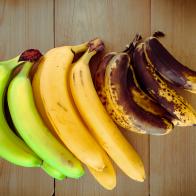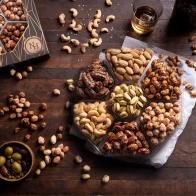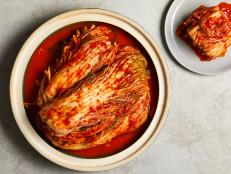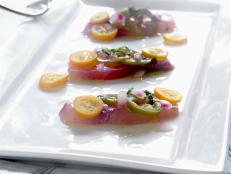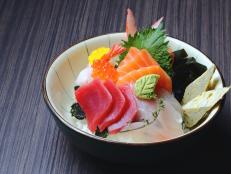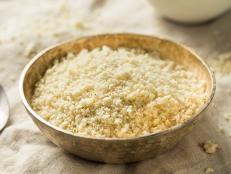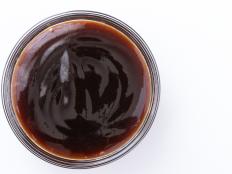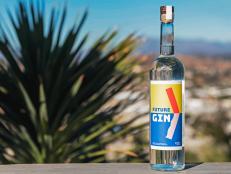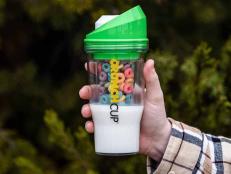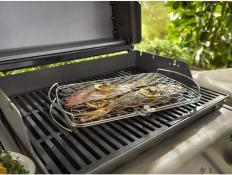What Is Ube?
And how do you use it?

Michael Edwards/Getty Images

You might know ube for its striking purple hue and as a popular flavor of ice cream and sweets. But what exactly is ube? For more info, we consulted baker Abi Balingit, founder of The Dusky Kitchen and author of Mayumu: Filipino American Desserts Remixed.

Shamil/Getty Images
What Is Ube?
Ube is a purple yam that originated in the Philippines. Ube has a brown, bark-like exterior and vibrant purple flesh. Ube has a sweet, nutty flavor and aroma and is commonly used in desserts.
Balingit shares that common Filipino desserts that use ube include ube halaya (ube jam), made of boiled and mashed ube, coconut milk, evaporated or condensed milk and butter, which can be eaten as it is or utilized in desserts, pastries and ice cream. Ube macapuno is a chiffon or sponge cake made with ube and macapuno, or coconut sport which is a jelly-like delicacy. Halo-halo is a refreshing dessert of shaved iced topped with condensed milk and toppings, including ube ice cream and/or ube halaya.

Tonyliz/Getty Images
What Does Ube Taste Like?
Balingit describes the taste of ube as sweet and nutty and likens the flavors to vanilla and pistachio.

Veena Nair/Getty Images
Ube vs Taro: What’s the Difference?
Ube (also known as purple yam) and taro are both starchy root vegetables but they differ in appearance, taste and culinary uses. Here Balingit outlines the differences between ube and taro.
- Appearance: Ube has a brown, bark-like exterior with a vibrant, purple flesh, while taro has a lighter brown, smooth exterior and pale, creamy color flesh. When steamed and mashed, taro takes on a purple hue, so cooked taro looks more like ube.
- Taste: Ube tastes sweeter than taro with a more pronounced vanilla flavor and slight nuttiness, whereas taro is slightly sweet with an earthy, nutty flavor profile.
- Culinary uses: Ube is used in desserts whereas taro is used in savory dishes. In Filipino cuisine, taro is also often used as a thickener for stews, such as sinigang, a hearty tamarind-based stew.
For more about taro, check out our primer What is Taro?

Yunhee Kim
How to Use Ube
Ube can be used in a variety of sweet treats. In the Philippines, coconut and ube are a popular pairing that lends itself to these Ube-Coconut Sticky Buns. Ube halaya (ube jam, pictured above) is a Filipino dessert made of mashed ube, coconut milk, evaporated or condensed milk and butter; here, it’s used to flavor and vividly color the dough, as well as in the filling and frosting. Ube and coconut make a dynamic duo in frozen treats, too, as with this Ube-Coconut Ice Cream. Ube halaya lends a sweet, earthy flavor and sticky texture, while ube extract imparts a pop of nuttiness. Together with a bit of coconut cream in the ice cream base, it all adds up to a richly-flavored and deeply hued scoop that’s practically tailor-made for social media posts. These Ube Crinkle Cookies (pictured above) get a double dose of ube with the addition of ube halaya (ube jam) and ube extract. A little purple food coloring gives these chewy cookies a dramatic pop of purple.
Fresh ube can be hard to find, so Balingit recommends looking for ube powder that can be rehydrated, or frozen grated ube in the freezer section of grocery stores. Ube halaya can also be purchased ready-made.
Related Links:













